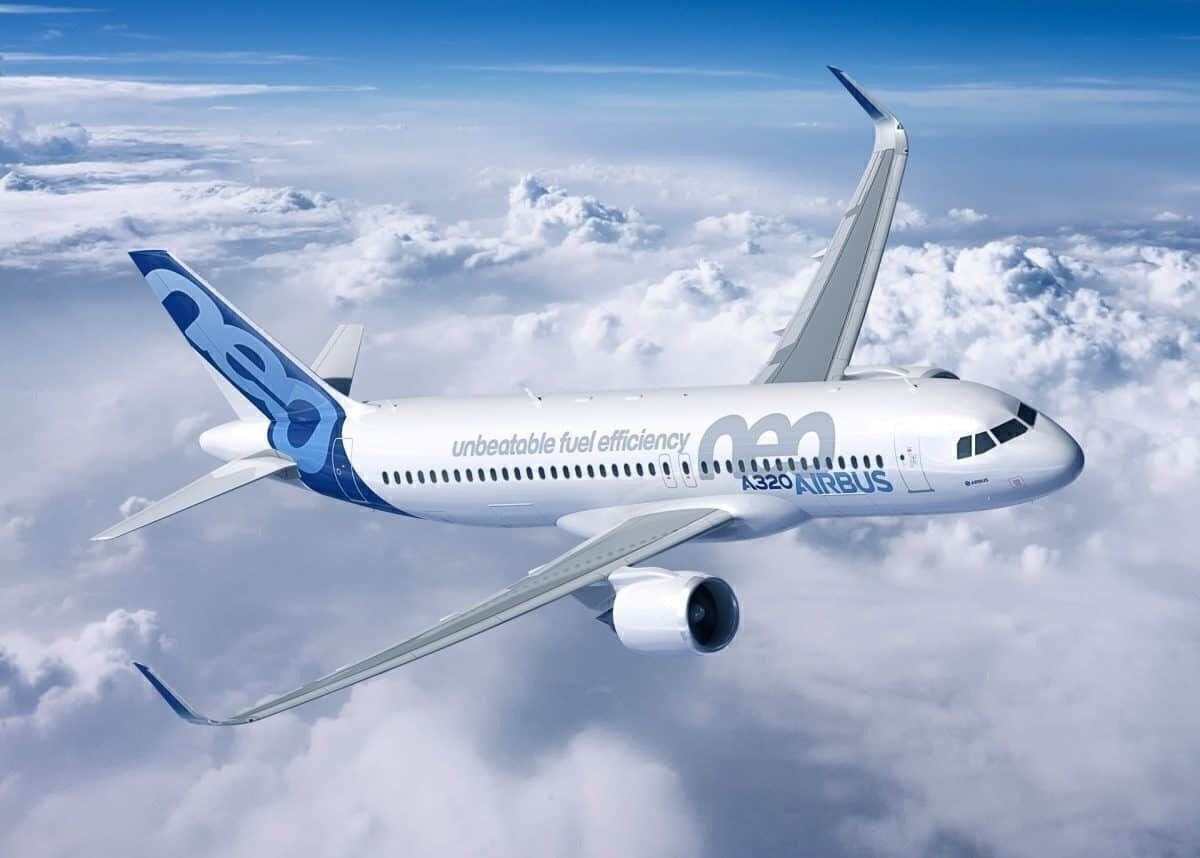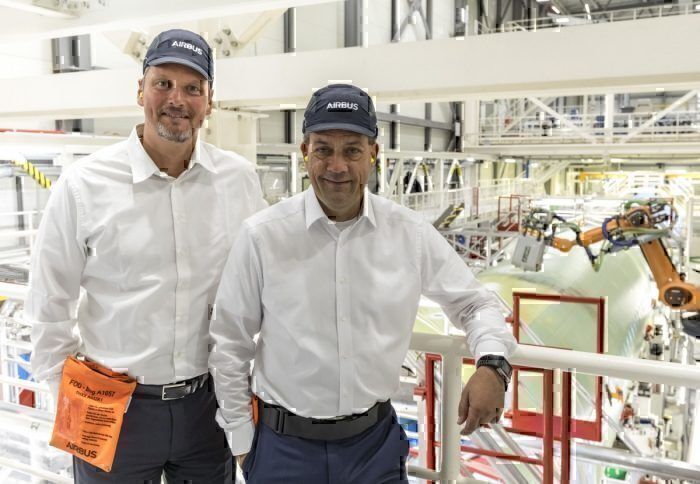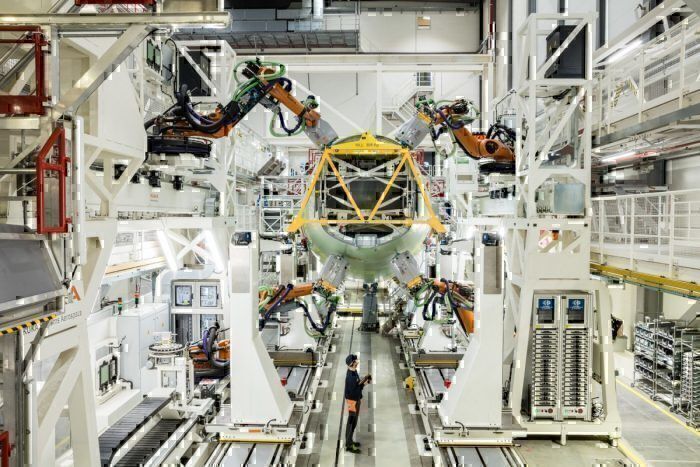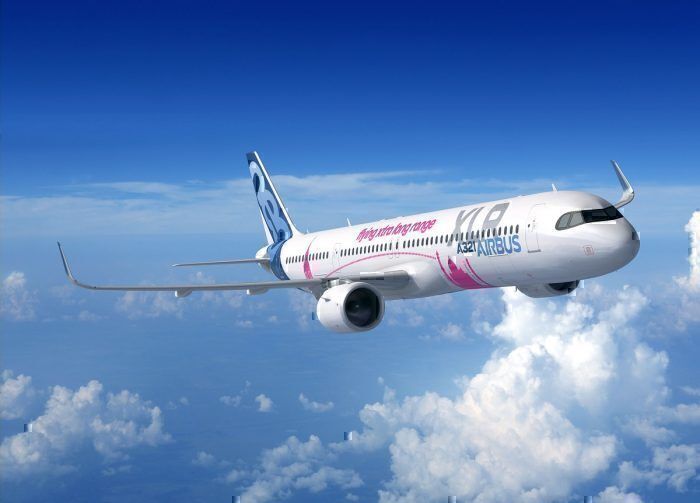Airbus has opened a new assembly line for its bestselling A320 family of aircraft. Using some of the latest digital automation technology available, the facility will be responsible for constructing fuselage bodies ready to go off for final assembly. It is hoped that this new factory will improve efficiency and drive down the long lead times typically associated with this family of aircraft.
The new Hamburg facility
The Hamburg facility will be responsible for joining elements of the fuselage shells into complete sections, and then assembling single sections into entire fuselages. The production line will also take care of equipping mechanical and electrical systems into the fuselages, before shipping them out to the final assembly lines in France, China, Germany and the US.
Michael Schoellhorn, Airbus Chief Operating Officer, commented in a press release,
“By embracing some of the latest technologies and processes, Airbus has begun its journey to set new standards in A320 Family production. This new fuselage structure assembly line is an essential enabler for the A320 Family ramp-up. Increasing the level of automation and robotics enables faster, more efficient manufacturing while keeping our prime focus on quality.
“Given the enormous success of the A320 Family and the order backlog, we are taking the necessary steps to ensure our production system can match the excellence of our products and that we are able to satisfy our customers’ needs for our single-aisle aircraft.” He added: “A high level of trust and investment has been placed in our people and factories in Hamburg. We now need to deliver in line with our commitments made to customers while ensuring overall competitiveness.”
Robots to speed up production
For this new production facility, Airbus has integrated some of the latest and most cutting edge standards of digital automation. The first section uses something called ‘Flextrack’, which involves eight robots drilling between 1,100 and 2,400 holes in each joint.
The fuselage then moves on to the next production step, where 12 robots work to combine the rear section of fuselage with the center and tail sections to form one large piece. These robots work to drill, counter sink, seal and insert some 3,000 rivets per joint.
Aside from the use of robots, Airbus has worked to refine and streamline its production process. These efforts are all part of reducing lead times and going some way to driving down the production delays that have been seen, particularly in the A320 family, for the past few years.
The A320 family
The A320 family of aircraft is Airbus’ bestselling line of aircraft. The neo range of the type has, to date, racked up more than 6,600 orders from customers all over the world. Some of the biggest customers of the type include IndiGo with 440 orders spread across the A320neo and A321neo, as well as AirAsia with 395 on order.
Hungarian Wizz Air has ordered 276, mostly of the larger A321neo, while other large customers include Frontier Airlines, Lufthansa, China Southern and easyJet. The launch of the A321XLR earlier this year has seen many airlines switching to this new, improved long range narrowbody version.
Overall, Airbus’ backlog currently stands around 7,172 aircraft. The A320 family makes up 5,810 of these. Airbus has already planned to ramp up production from the current 60 aircraft per month to around 65 per month by 2022, and investments like this new facility are paving the way to achieving that goal.




